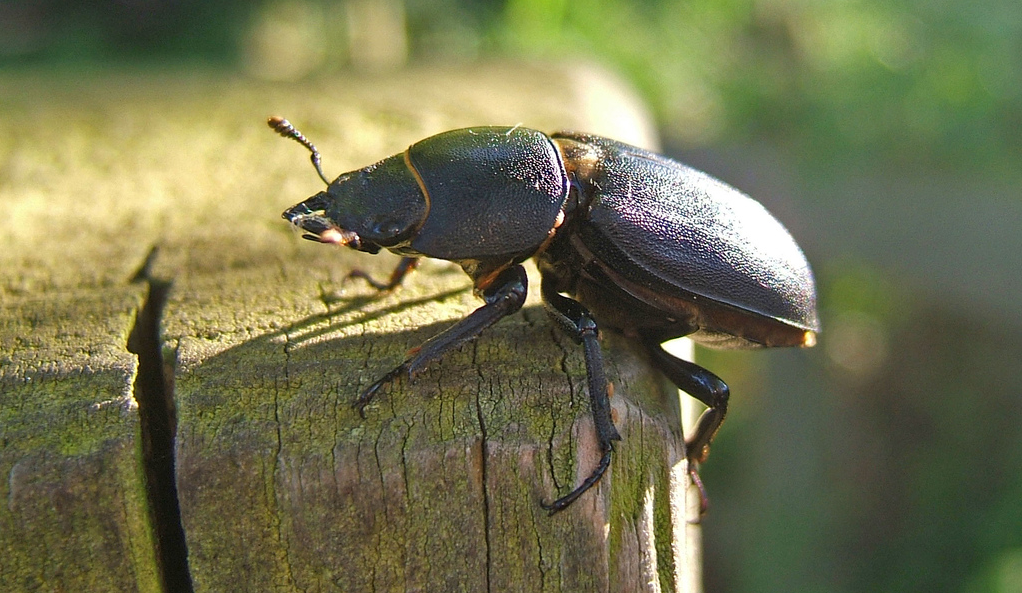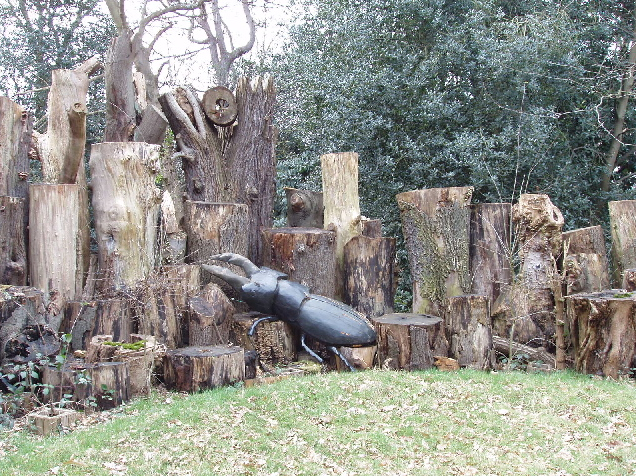London boroughs are recognising the importance of maintaining and encouraging the woodland ecosystem in places like Richmond Park and Hyde Park. The current ecosystem is affected by the clearing of trees and the tidying away of dead wood. By doing this, the homes of many insects are destroyed. A notable example is the the stag beetle which has now become a globally endangered species. Many parks and councils across London now have environmentally friendly waste management plans in place to retain dead wood to help insects survive and thrive. Over time it is also hoped that this will make the bird population of the Capital healthier as avian life will have more to nibble on.
With Christmas fading into the past you will be thinking about tearing down the Christmas decorations and throwing away your Christmas tree. We have previously discussed the ways in which you can remove your used Christmas tree, but we have another suggestion if you, like those in charge of Richmond Park, are interested in contributing the restoration of woodland wildlife.
If you purchased a Christmas tree (and we are not talking about the plastic ones!) and you have a garden, we encourage you to safely chop up your Christmas tree and to pile the dead wood up in a dark corner to create a loggery. Please note that we only suggest doing this for the woody element of the tree; the tree trunk. As JunkWize is able to remove bulky waste – like tree branches – let us sort this bit out for you. Anyway, a loggery is the ideal place to encourage stag beetles, frogs and hedgehogs to live. Many beetles will even recycle the wood for you by eating it so much that it eventually just crumbles away into the ground. So this ultimately saves you having to dispose of your rubbish at an inconvenient time in the hustle and bustle of London. By building a loggery with your festive waste you will greatly enrich the habitat of your garden and you will provide your urban children with an important chance to connect to nature. If you don’t have a private plot of land then why not suggest to your neighbours the idea of building a loggery and bring the community together to do something for the environment. What better way to start the New Year!
We have put a little guide together to help you build your very own loggery. We hope you find this very useful and we wish you the best of luck!
Firstly you need to find a space in the garden large enough to build your loggery. Make sure this space is cleared before you begin. Now collect all of your chopped up wood and woodchip. Use your old Christmas tree and any other logs that have fallen from the trees. Remember to make sure that you wear thick gloves to protect your hands when doing this.
After you have collected your wood you can start to build up your logs. We recommend you dig a deep hole that is deep enough to support any vertically placed logs. Place the large ones vertically and any others you can lay down on the ground. If you have managed to get hold of woodchip, create holes in the ground and place the woodchip here. If you have been successful it won’t be long until you see hundreds of creepy crawlies arrive. If you are really lucky you may even get a breeding colony of stag beetles within a year or two.








